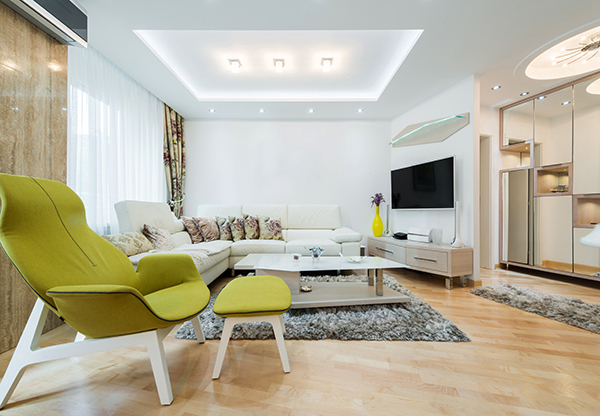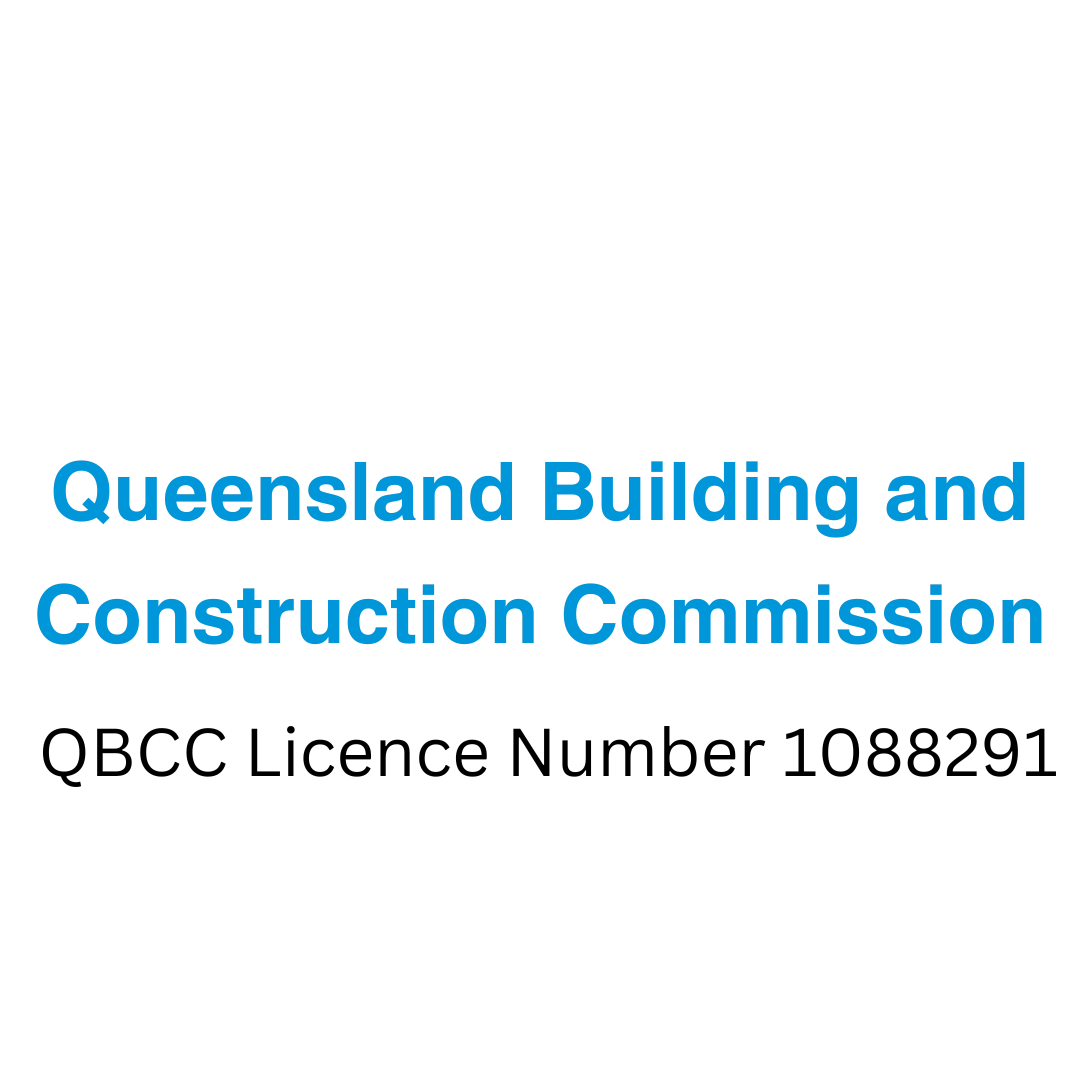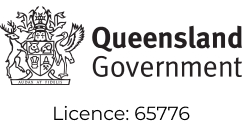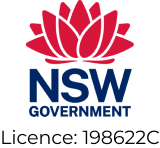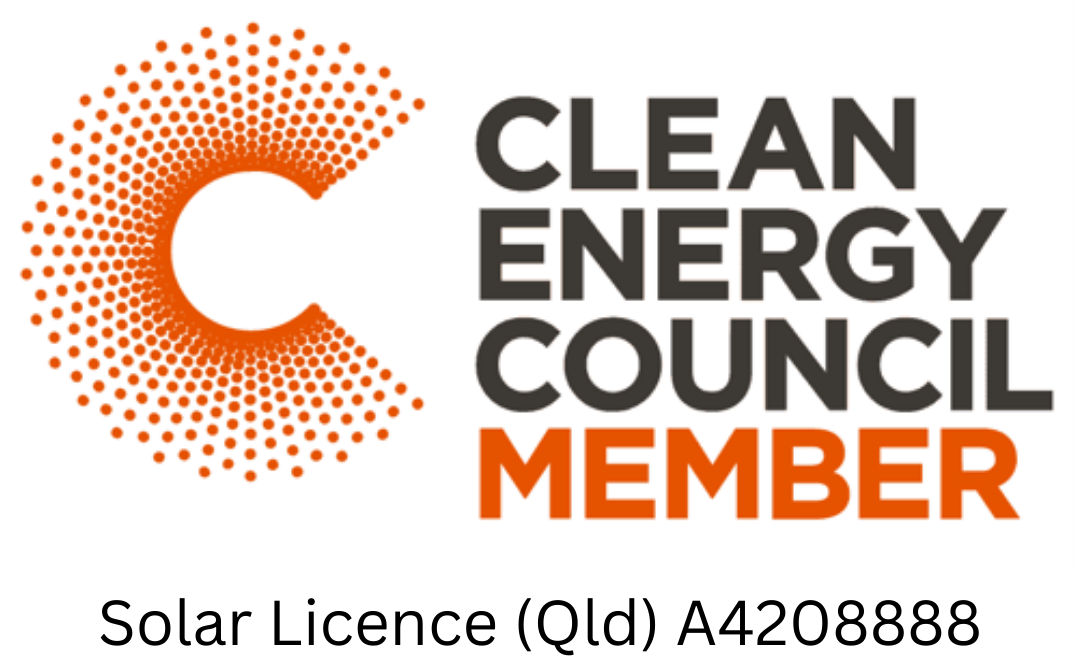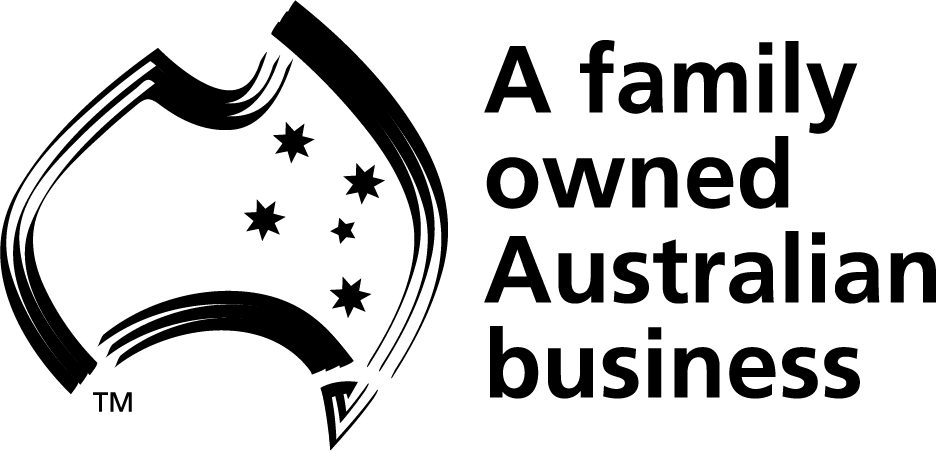9 January 2018
The Danger of Halogen Downlights
A recent 9 News report on Halogen Downlights brought to light a topic that our electricians often discuss in training and with our customers. So we asked one of our electricians what you need to know about Halogen downlights and why they pose as one of Queensland’s main house fire risks.
What’s the problem with halogens?
Halogen downlights were a new feature of modern homes in the early 2000s and were a design feature of many new builds and renovated homes. However, due to their low cost and retail accessibility, many Australians either installed them themselves or had them installed improperly by an electrician trying to cut costs or who lacked knowledge. This means that people likely have multiple fire risks currently in their ceiling without even knowing it.
What’s the risk with halogen bulbs?
Halogen lights can burn up to 250 degrees Celsius and that can increase depending on how it was installed. Halogen lights must be installed ensuring that there is a calculated distance between the fitting and any flammable building materials such as timber and insulation. We have seen plenty of instances where this is not the case due to poor installation methods from either an electrician or insulation installer.
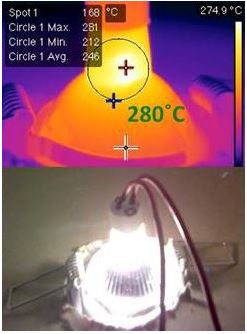
Recessed lighting is never a zero risk installation, but there are ways we can reduce that risk. Each case is judged on an individual basis and there is no definitive answer in terms of when they might become an issue. The best way to limit the risk is to get an electrician to look at the installation once per year to ensure that no rodents have moved insulation or cabling which could eventually cause a problem. However, even if they were installed according to safety standards, it’s likely possums or rats could have been in your roof shifting insulation around. Often these animals nest in the warm, especially in winter, meaning your halogen fittings are a prime location.

How do I know if I have Halogen lights?
The easiest way to identify a halogen downlight is to turn your lights off and look in the centre of the bulb itself. If deep in the centre you can see a small cylinder, and there is a cone-shaped reflector around it, that is most likely a halogen downlight bulb. If the bulb has a flat or ribbed surface this is most likely a LED downlight. Halogen downlights also have a higher operating temperature, be careful to let the lamps cool down before inspecting them closely.
How can I tell whether they were installed correctly?
Things to look for would be flickering from the bulb when the light is turned on, any discolouration of the fitting it is located in due to heat, and if the light turns itself on and off randomly, these are all signs of incorrect installation.
What should I do? Do I need to replace halogen style light fittings?
We would recommend you have a licensed electrician come out to have a look so that they can correctly identify the risks and give you safety recommendations. In most cases, we recommend having them replaced with LED downlights. LED downlights only get up to around 55 degrees Celsius and use less than half the amount of energy as Halogen for the same amount of light. LED lighting is not only a safe investment but can also save you money on your power bills and help the environment through less energy consumption.
If you would like to book an inspection with one of our licensed electricians, give us a call on 1300 712 028
Our Home Protection Plan Members receive a free electrical safety inspection as part of their package. Take advantage and book yours now. Book Home Protection Plan
Suggested articles
No articles found
